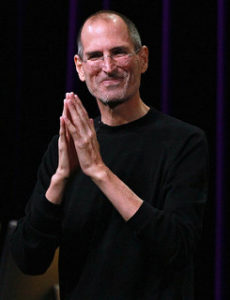 There is an unfortunate tendency on the part of some in the nonprofit arts industry to believe that it is their responsibility to provide to the public art that they think the public needs. This is usually based on little to no understanding of what those needs might actually be. In addition, when examined a bit, what they are really giving the public is the art that they want to give them. Anyone’s true need has little to do with it.
There is an unfortunate tendency on the part of some in the nonprofit arts industry to believe that it is their responsibility to provide to the public art that they think the public needs. This is usually based on little to no understanding of what those needs might actually be. In addition, when examined a bit, what they are really giving the public is the art that they want to give them. Anyone’s true need has little to do with it.
There is a closely related opinion that community engagement is simply giving people what they want. I’ve written about the fallacy of that too often to count. Obviously, people can’t make choices about things when they don’t know what the options are.
And it is this upon which the “give them what they need” advocates hang their hat. Over the last decade or so Steve Jobs has been cited as an example of giving people not what they want but what they will come to want even though they didn’t know that ahead of time. As I have written before, Apple was right. However, the “proof of concept” was their sales results with the iPod and iPhone. People often don’t know what they are going to come to want. In the case of Apples iProducts, if no one had bought them, clearly those products would not have been something they needed, much less wanted. (Think of, for example, blu-ray discs.)
A few weeks ago I read an article devoted to Mr. Jobs’ response to a disgruntled shareholder. It was an interesting piece on how to defuse a hostile questioner. However, one quote stuck out to me, unrelated to the focus of the article.
One of the things I’ve always found is that you’ve got to start with the customer experience and work backwards to the technology. You can’t start with the technology and try to figure out where you’re going to try to sell it.
He did not begin product development with a vision of the cool thing he wanted to design. He (and Apple) began with the customer. The relevant technology was derived from an understanding of the user. Substitute “arts experience” for technology and you can see why the Jobs example does not justify an authoritarian “this is what you need” approach to arts programming.
It seems so simple to suggest that knowing the people we are trying to reach and applying that knowledge in both communication and programming is important. Given many marketing practices and presentation choices in our industry it’s apparently not simple. This is certainly not a concern limited to community engagement. It is one that has, and will have, a significant impact on the health of the nonprofit arts industry.
Engage!
Doug
Photo: ![]()
![]() Some rights reserved by Detroity2k
Some rights reserved by Detroity2k
